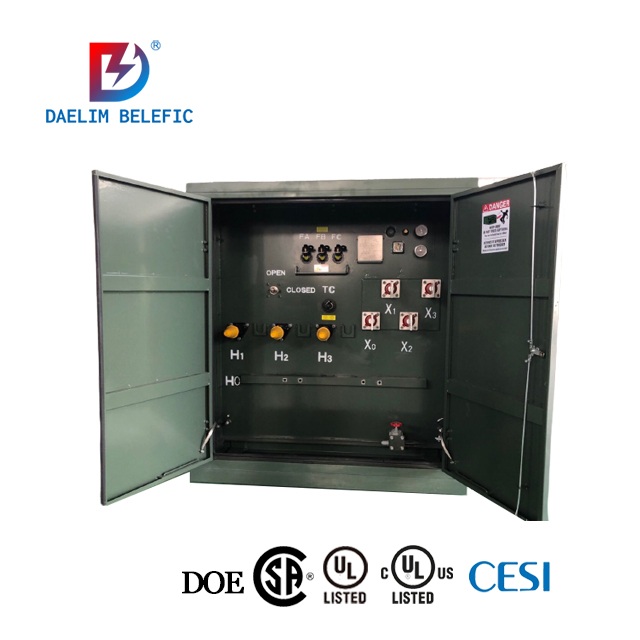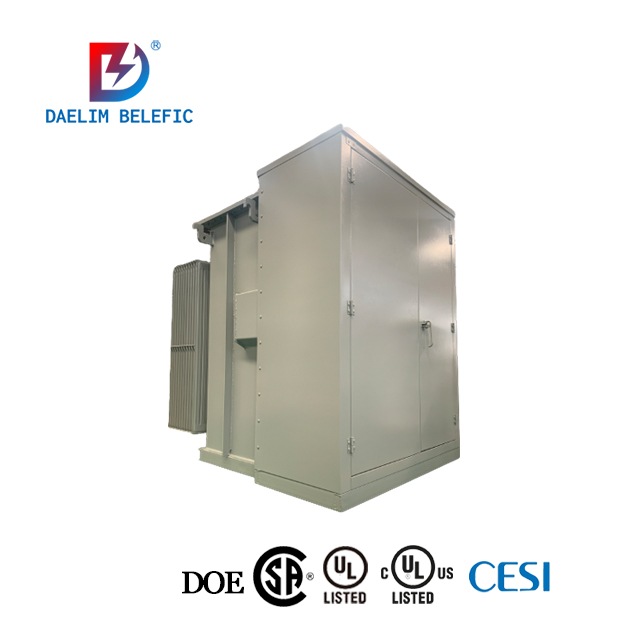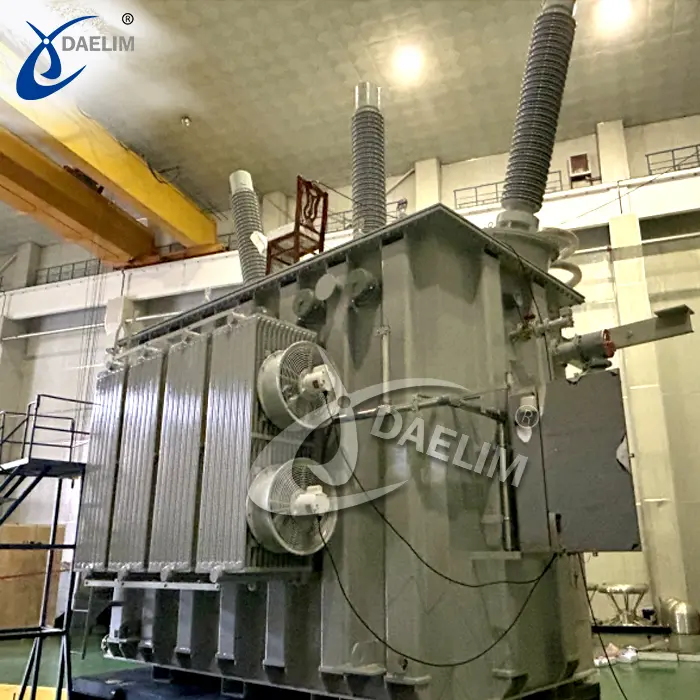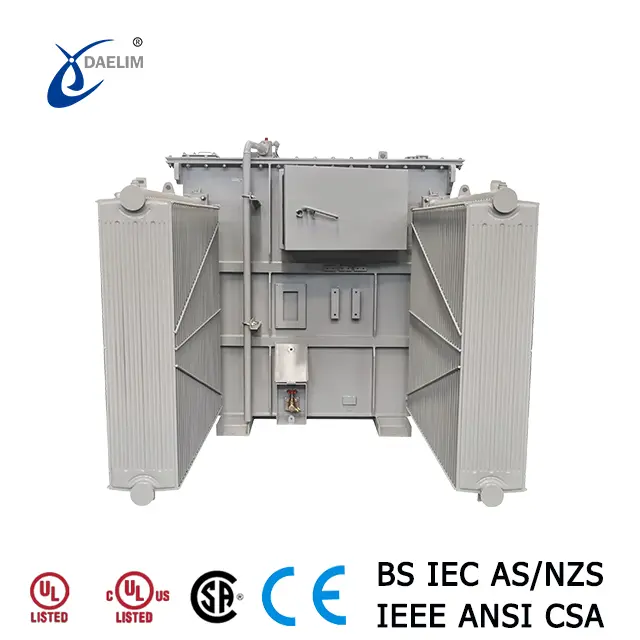Transformer Drying Methods and Procedures
Transformer drying is a critical process aimed at enhancing insulation reliability by removing moisture through heating and dehumidification methods. Understanding the various techniques and their application ensures optimal transformer performance. Here’s a comprehensive overview:
Heating and Dehumidification Methods
Transformer drying methods primarily involve heating and dehumidification processes:
-
Oil Tank Iron Loss Method: Utilizes the heat generated by iron losses in the core to evaporate moisture. After heating, dry and clean transformer oil is vacuum-filled into the transformer, followed by a vacuum immersion period before release.
-
Zero-Sequence Current Short-Circuit Method: Also known as the copper loss method, involves short-circuiting one side of the transformer winding and applying reduced voltage to generate heat through winding resistance. This method effectively dries the transformer under controlled conditions.
Oil Tank Iron Loss Method
-
Procedure: Initiate heating until core temperature drops to 80%. Vacuum-fill with dry oil at a minimum of 15°C. Vacuum immerse for 5 hours, then release vacuum gradually.
Zero-Sequence Current Short-Circuit Method
-
Procedure: Short-circuit one winding side and apply reduced voltage to generate controlled heating. Monitor temperature rise closely to prevent overheating and ensure uniform drying.
Operational Guidelines
-
Initial Heating Phase: Begin with higher currents for initial heating, gradually reducing as temperatures rise. Control temperature increments to 5°C per hour.
-
Monitoring and Control: Maintain high-voltage coil temperatures below 90°C and ensure oil temperature does not exceed 85°C during the 24-hour drying period.
-
Inspection Criteria: Assess insulation resistance, dielectric loss tangent (tanδ%), and withstand voltage to verify completion of drying.
Vacuum Dehumidification
-
Post-Drying Procedure: After heating, maintain vacuum conditions to remove residual moisture. Release a small amount of oil to adjust oil levels and prevent vacuum-induced oil extraction.
Zero-Sequence Current Drying Specifics
-
Wiring Configuration: Adjust transformer winding connections to facilitate zero-sequence current flow, ensuring effective magnetic flux generation for drying.
-
Temperature Control: Install measuring resistors to monitor temperature rise across critical transformer components. Adjust power supply voltage to regulate temperature and prevent local overheating.
Transformer drying methods are tailored to transformer size and construction, aiming to achieve uniform moisture removal and maintain insulation integrity. Adherence to these methods ensures transformers are adequately prepared for reliable operational performance in various applications.
By implementing these professional procedures, transformers can undergo effective drying processes, enhancing their longevity and operational reliability in diverse industrial and electrical environments.
Related Products
Related Article
What is the difference between autotransformer and ordinary transformer?
Autotransformers differ from ordinary transformers by having both electrical and magnetic connections, smaller size, lower cost, and complex relay protection settings, whereas ordinary transformers only have magnetic connections and distinct primary and secondary windings.
Protection and Maintenance Methods for Oil Transformers
Prevent oil transformers from moisture and leakage, regularly monitor oil levels and temperature, ensure proper installation, and timely oil changes and drying. Pay special attention to storage time, sealing, and maintenance to ensure normal operation and insulation performance.
Temperature Protection and Maintenance for Transformers
Transformers require precise temperature protection, monitoring insulation grades, and appropriate oil types. Dry-type transformers trip at 130°C, oil-immersed at 90°C. In cold climates, FR3 fluid is recommended for its effective performance at -50°C.
Advantages of Transformer Yyn0 Vector Group
The Yyn0 vector group transformer offers distinct advantages in suppressing high-order harmonic currents and managing low-voltage single-phase ground short-circuit faults. However, it does have limitations regarding the handling of single-phase unbalanced loads, where the Dyn11 connection demonstrates superior performance. These characteristics should be carefully considered when selecting the appropriate transformer connection for specific applications to optimize performance and reliability.
Impact of Operating Temperature on Transformers
Maintaining an optimal operating temperature is crucial for the longevity and reliability of transformers. Excessive temperatures accelerate the aging process of the winding insulation, leading to a significant reduction in service life. Ensuring that the hottest point temperature remains within safe limits can help in maximizing the operational lifespan of transformers and maintaining their performance. For long-term efficiency and reliability, it is essential to monitor and control the operating temperature of transformers.
transformer Factory Acceptance Test( FAT )
The Transformer Factory Acceptance Test (FAT), including voltage, resistance, and load tests, to ensure transformer quality and functionality. Daelim Transformer requires all units to pass strict Factory Acceptance Testing (FAT) and meet or exceed test standards before shipment.






